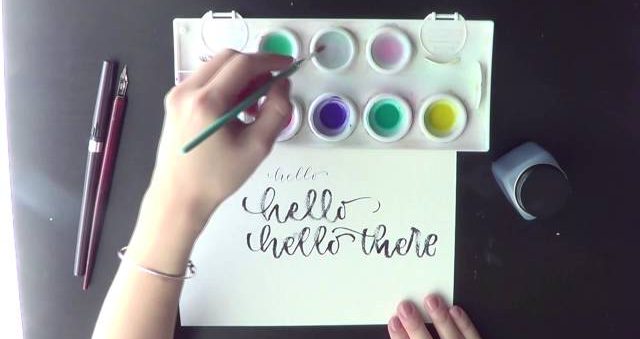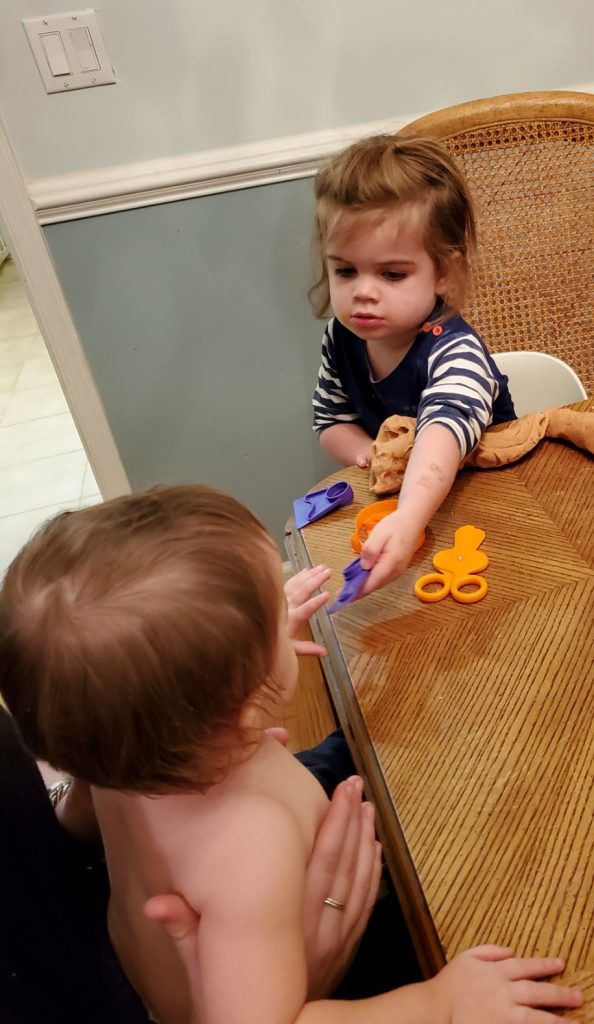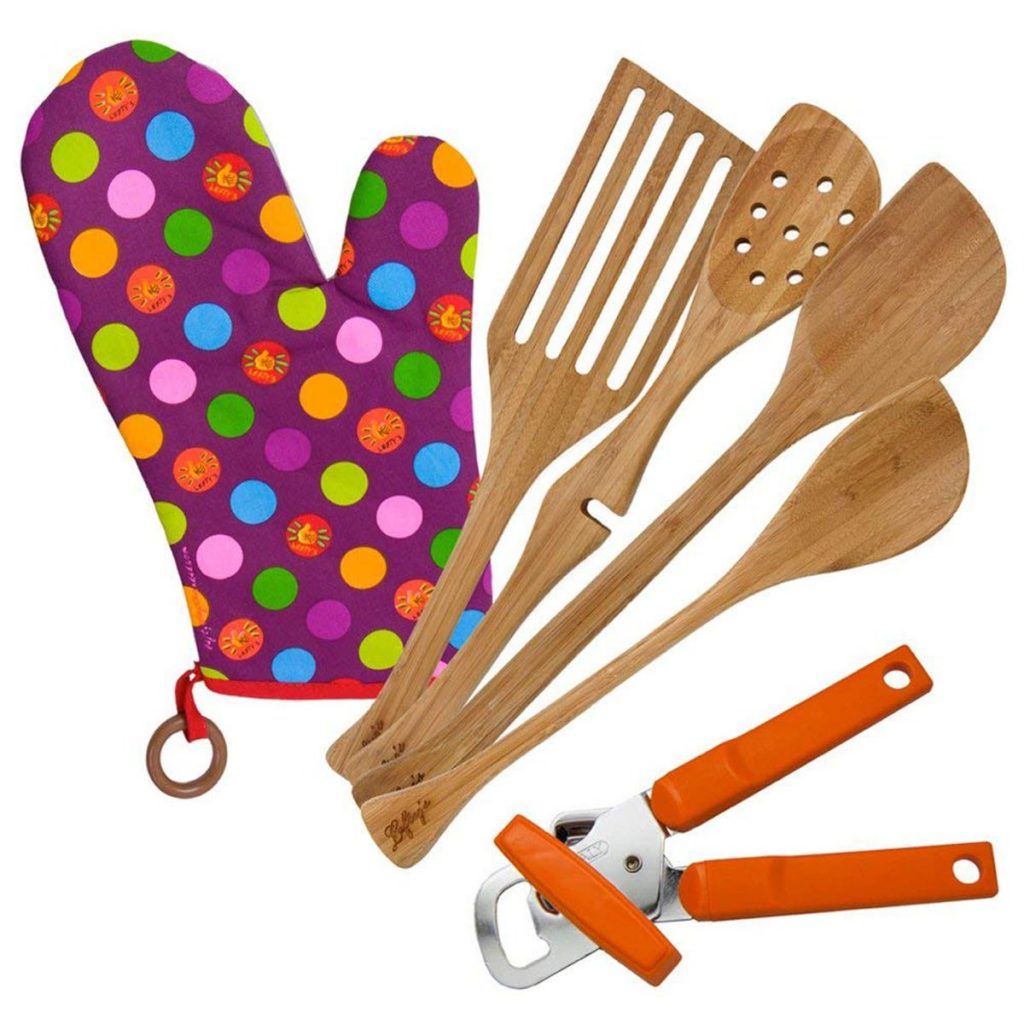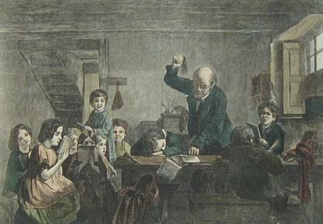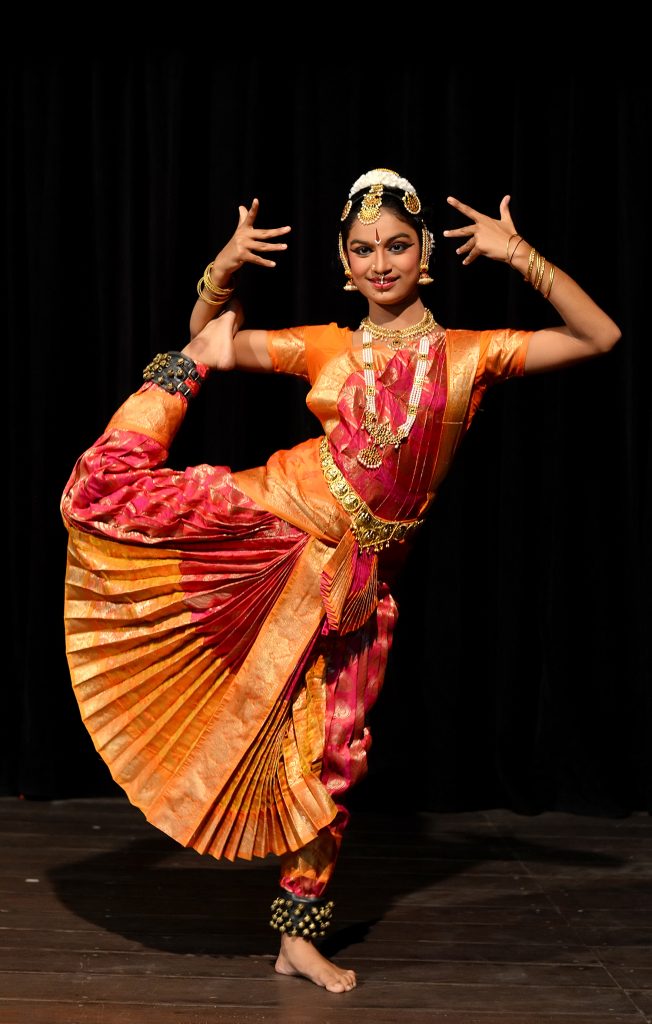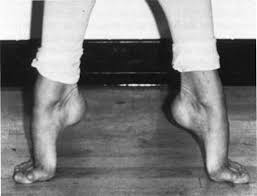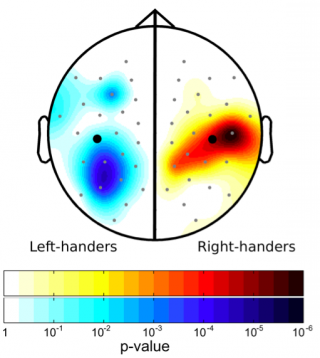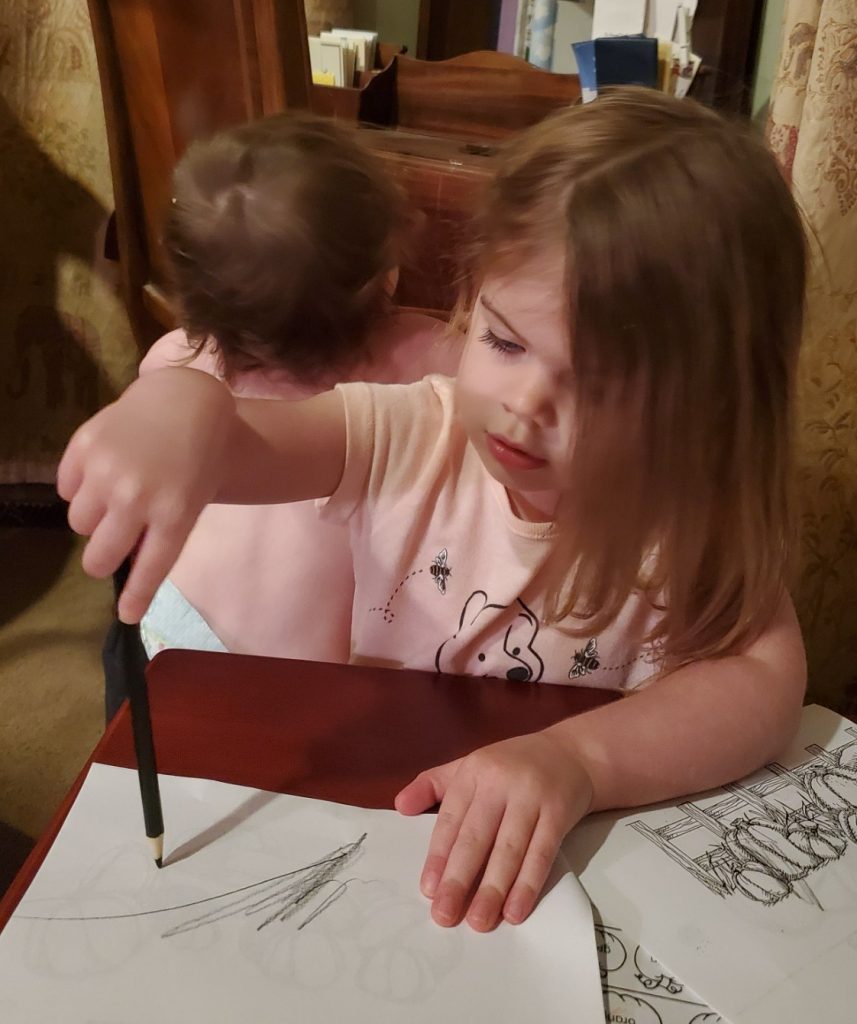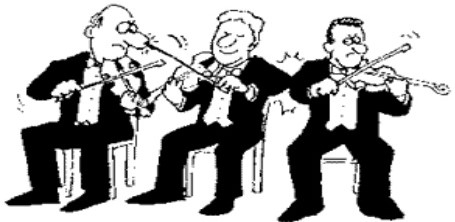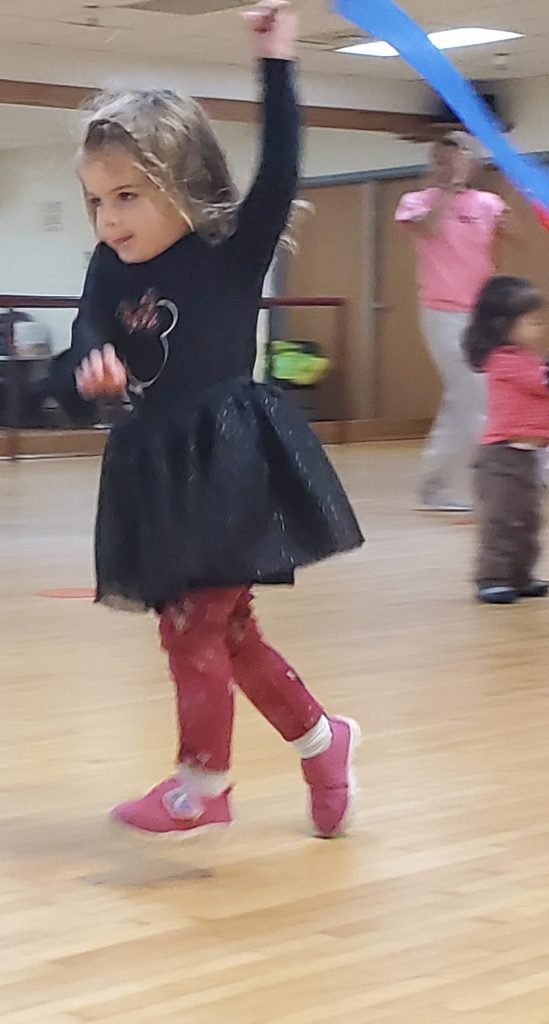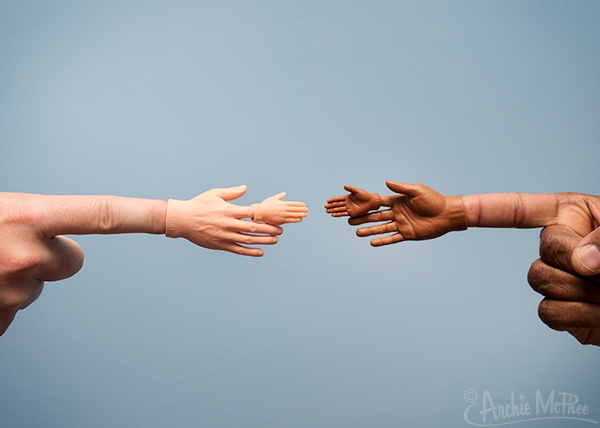
The first thought to come to mind is probably American Sign Language. Important as it is, that isn’t a big part of this blog, primarily because I know next to nothing about it. For information from experts in Sign Language and Deaf culture, check out these other sources:
- International Sign Language Guidelines from the European Union
- American Sign Language information from the National Association of the Deaf
- Introduction to the Deaf Community and Deaf Culture by Deaf Linx
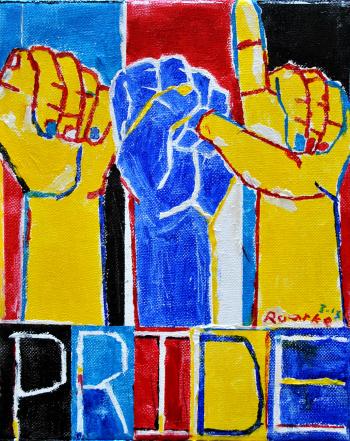
Instead, I am going to take a look at the hand language that people pick up without really thinking about it. In spite of humans developing amazing verbal language, we still engage our hands to enhance communication of our emotions, thoughts, and meaning. Think of how hands are used by effective speakers (e.g., Hitler), magicians, and orchestra conductors, for example.
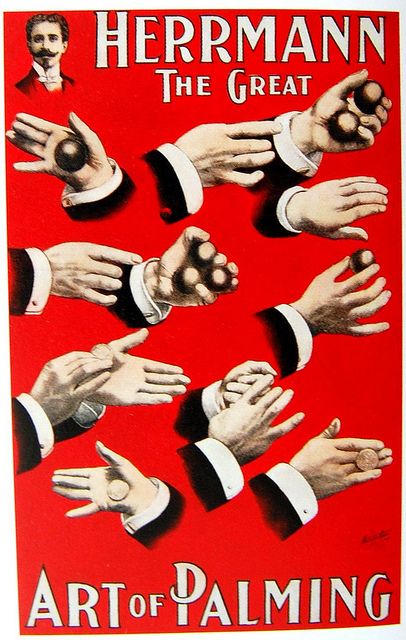
Talking Hands are a Gift for Writers!
Use hands to show rather than tell how a person is feeling, whether anxious, scared, frustrated, or confident. Mismatching words and hand movements are invaluable for indicating dishonesty, lies, or at the least a situation undermining trust.

Hand slang is culture-bound. By hand slang, I mean gestures that convey a specific meaning in a particular culture. For example, in the United States, the following gestures are generally understood:
- Rubbing palms together: anticipation, positive expectation; rubbing faster is more positive
- Tubbing thumb against index finger or fingers: financial gain, expectation
- Fist pump: victory, win
- Fist bump: congratulations, casual greeting
- Closed fist, middle finger extended: f*ck you, up yours
- Closed fist, index and middle fingers extended: peace, accent for photos
- Thumb to nose, fingers waggling: mocking, distain
- Thumbs to ears, tongue sticking out: a childish gesture of disdain or insult
- Hand over heart: sincerity, believe me
- Right hand raised, elbow bent: believe me, I swear; stop
- Clenched fist: anger, irritation, or tension
- Crooking the index finger: come here, sometimes used flirtatiously
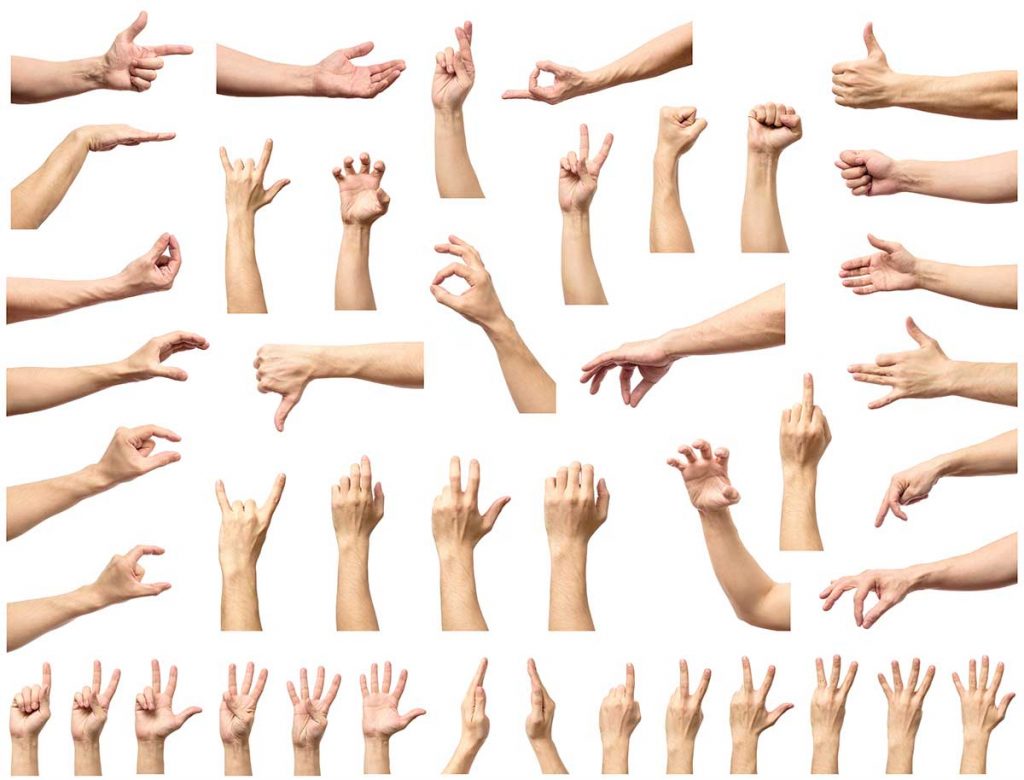
Hand slang often changes in meaning over time, even within the same culture:
- Historically, thumbs down means death; now, disapproval or disagreement
- Thumb up: historically, let the combatant live; now, okay, good job
- Index finger curled to touch the thumb: historically, this meant “okay”; recently, this gesture has become a symbol that the wielder is a white supremacist.
Writers note: The same gesture often has different meanings in different cultures. Use the confusion your advantage when there is a cross-cultural element to your story. Touching the index finger to the thumb means different things all over the world:
- You’re a zero – France and Belgium
- Money – Japan
- @sshole – southern Italy
- Sexual invitation – Greece and Turkey

President Nixon caused a scandal in Brazil when he deplaned with both hands overhead in the American peace sign, which in Brazil is equivalent to flipping someone the bird.

Gendered Gestures
By middle school/early adolescence, gender differences in the use of gestures emerge. Some gestures are used equally by both males and females.
- Thumbs protruding from pockets: dominance and self-assuredness
- Gesturing/pointing to someone with the thumb: dismissive, disrespectful, ridiculing
- Women more likely to use this gesture with people they dislike

- Males
- Give “the finger”
- Give the finger with an upward arm more to convey “up yours”
- Pound the table
- Pound a fist into the opposite hand
- Display clenched fists
- Use expansive, powerful hand movements
- Use adaptors less frequently (see below)
- Holding jacket lapel with thumbs exposed: dominant and self-assuredness

- Females
- Put their hands in their laps or on their hips
- Tap their hands on the table or on their leg
- Pull in their gestures as if their elbows are attached to their waists
- Use more “bonding” gestures, such as hands and arms outstretched toward another person
- Be more expressive, more animated in their use of gestures
- Use low steepled finger position (see below)
- Place one hand over the other and rest her chin on top, drawing attention to the face

Writers portraying a person of the other sex heed this: getting body language wrong—in this case hand talk—makes your character come across as unreal or unbelievable.
Professional Gestures
Several professions require conveying information through hand gestures that fall outside the structure of a formalized language. People in these professions tend to remain cognizant of their hand movements and position even when not working. Some make an effort to minimize or completely still their hands, while others are especially prone to enhance their communication with conscious hand gestures.
- Musical conductors often subconsciously cue other speakers even when off the stage. Conductors are trained to use their left and right hands simultaneously to make completely independent movements, signalling the tempo and style with the right hand and controlling musicians’ entrances and overall tone with the left.

- Classical dance traditions in India, Bali, Japan, and many other regions include a “vocabulary” of hand signs. These signs are not a formalized language like ASL, but they are used in combination with the music to create a message or tell a story physically embodied by the movements of the entire body.
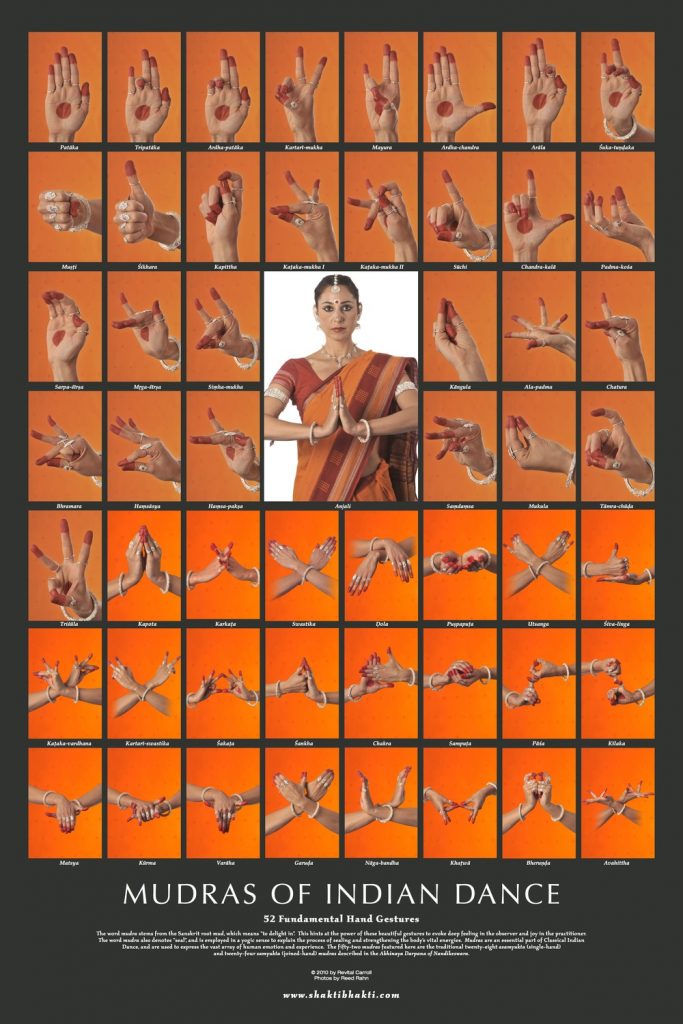
- Romani dancers have a much less formal dance style, and it is common for individual dancers or families to create or adjust their own lexicon of hand movements. These gestures often reflect activities in daily life. Unlike Indian or Balinese dancers, Romani dancers’ footwork and figures tends to be relatively simple.

- Ballet, and many offshoot lyrical dance styles, uses hand gestures either to extend the movement of their arms or to communicate story elements via pantomime.

Gestures as Adaptors
Adaptors are almost always learned in childhood, typically involving touching oneself, for the purpose of self-soothing. Often people exhibit only one such behavior/habit, but an individual could have multiples. For example, pulling on an ear, tapping toes, smoothing eyebrows, touching nose or chin, bouncing a knee, twisting fingers, picking at one’s nails, twirling hair, and brushing hair back. Adaptors can include adjusting clothing (e.g., pulling on/straightening a tie), fiddling with jewelry, pocket change, or a pencil, and drumming one’s fingers.
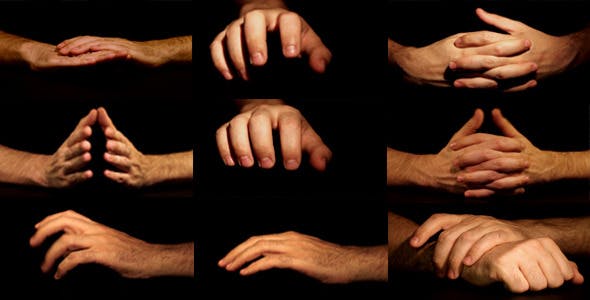
Important things about using/exhibiting adaptors:
- They attract attention, detracting from the verbal communication and/or annoying others
- They are often interpreted as signs of anxiety
- They make the exhibitor less persuasive
Writers note: There are lots of ways to show anxiety or nervousness without telling the reader that is what is being felt.
What the hands say is often louder than words. Research by Joe Navarro’s and others supports this conclusion.

- When people hide their hands (for example, under a table or desk) they are perceived as less open and less honest.
- How we touch someone reveals how we feel about them: full touch with the palm is warm and affectionate; touching with fingertips shows less affection.
- When people feel comfortable and strong, fingers are spread out more, making hands more territorial.
- When feeling insecure, people’s fingers are closer, sometimes thumbs tucked into palms.
- Steepled fingers: when held high, feeling confident; low steepled fingers signal the person is listening, attending.
- When feeling confident, thumbs rise more as the person speaks, especially if fingers are intertwined.
- Two gestures express extreme stress: the Teepee Finger rub (palms facing, fingers interlaced and held stiff or rubbed slowly back and forth; and fingers intertwined palms facing up.
- When adults’ words don’t match their gestures they are seen as less trustworthy.
- Hands clenched together: scared, nervous, or holding back a strong negative emotion.
Position is important: in front of face, on desk or lap, in front of genitals when standing; in general, the higher the clenched fists, the stronger the negative emotion.
- Hand behind the back, one hand gripped in the other: superiority and confidence.
- Arms back, one hand gripping wrist: holding back frustration, a gesture of self-control.

Get a grip on yourself?—Arms back, one hand gripping the other arm: the higher up the hand grips the opposite arm, the more frustrated or angry the person is likely to be.
Writers be aware: mismatching words and hand movements is a powerful tool.
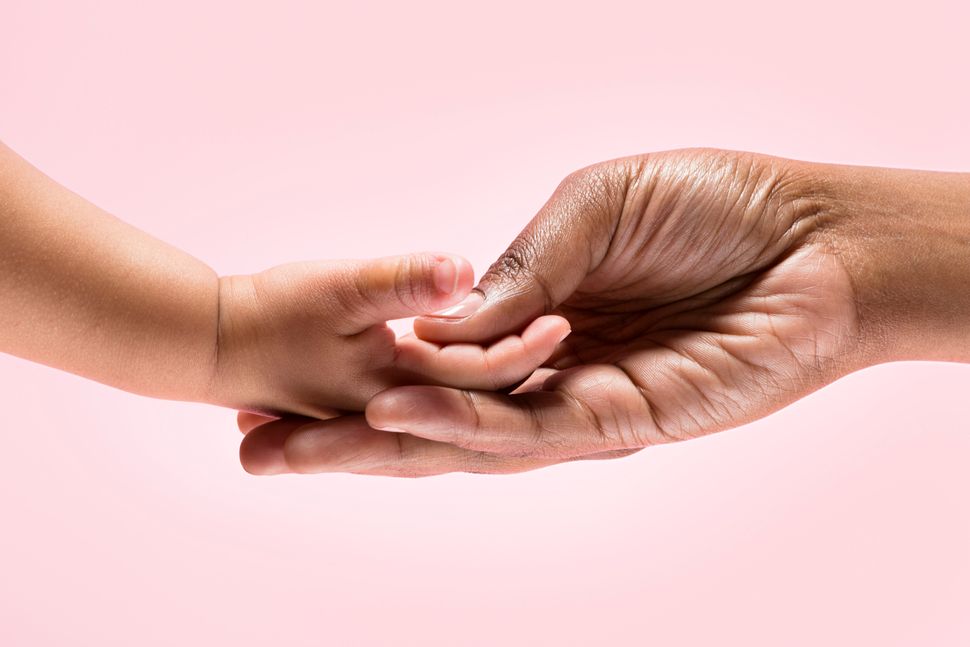
Pay attention to handshakes. Because a handshake is often the first touch between people, it shapes first impressions.
- No one likes vice-like grips, which convey aggressiveness, perhaps an attempt to intimidate or establish dominance.
- A limp handshake does not denote femininity, but rather weakness.
- Body language experts suggest mirroring the other person’s handshake, with good eye contact.
- NB: In some cultures a hug or cheek-kissing might be more in order.

Talking With One’s Hands Isn’t a Bad Thing
- An analysis of TED talks found that the most popular speakers used nearly twice as many hand gestures as the least popular speakers.
- People who talk with their hands tend to be viewed as warm, agreeable and energetic.
- People who use their hands less are seen as logical, cold and analytical.
- According to Kinsey Gorman, “Gesturing can help people form clearer thoughts, speak in tighter sentences, and use more declarative language.”
- Hand gestures often tell others the strength of our emotions and motivations.
- Young children (age 5 or 6) using more hand gestures predicts a strong vocabulary as well ask sills related to sentence structure and storytelling later.

Bottom line for writers: Hand movements and gestures allow you to convey so much information to your readers:
- Show not tell emotions and attitudes
- Add depth to your character
- Add power to your dialogue
- Break up big chunks of narrative or dialogue in meaningful ways


